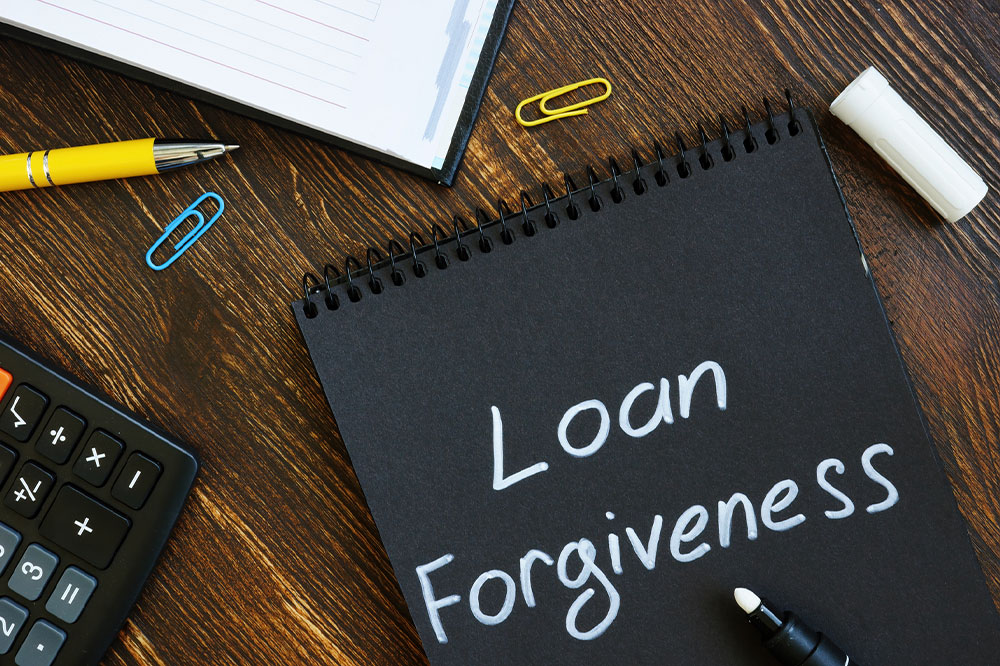Top Student Loan Forgiveness Programs and Options
Explore the most effective student loan forgiveness and consolidation programs available for various professions. Learn how to qualify for relief options like PSLF, Perkins loan cancellation, and income-driven repayment plans. This guide helps borrowers navigate the process of reducing or eliminating student debt through federal programs and strategic refinancing, ensuring manageable payments and potential complete forgiveness. Consult with professionals to find the best solution for your financial situation.

Top Student Loan Forgiveness Programs and Options
Loan forgiveness or discharge programs allow borrowers to eliminate some or all of their student debt. While it might seem too good to be true, qualifying individuals, especially those working in public service roles such as teachers, healthcare workers, social workers, or law enforcement officers, can benefit from these initiatives. Below, we highlight key forgiveness programs and consolidation options to help manage student loans effectively.
Key Student Loan Forgiveness Initiatives
These programs can significantly reduce or eliminate your student loan debt:
Public Service Loan Forgiveness (PSLF)
Designed for individuals working full-time in government or nonprofit organizations, PSLF forgives remaining loans after 120 qualifying payments. Applicants must submit annual proof of employment via the PSLF form.
Federal Perkins Loan Cancellation
Perkins loans are administered by your college’s financial aid office. If you serve as a firefighter, military personnel in hazardous zones, law enforcement, healthcare providers, or teachers in underserved areas, you may qualify for loan cancellation.
Teacher Loan Forgiveness
This program offers up to $17,500 in relief for full-time teachers in low-income schools, including special education professionals, who teach for five consecutive years.
Disability and Death Discharges
Loans are forgiven if the borrower becomes permanently disabled or in cases of death, including for Direct and Perkins loans. Proper documentation is required for eligibility.
Fraud or False Certification Forgiveness
Victims of identity theft or those with loans fraudulently obtained in their name qualify for forgiveness of certain federal loans.
Bankruptcy Discharge
Student loans can be discharged in bankruptcy if you demonstrate undue hardship through a court proceeding.
Borrower Defense to Repayment
If your school misled you or violated laws, you may qualify for loan cancellation by providing relevant documentation.
Maintaining consistent payments and good repayment history enhances eligibility chances. Rejected applications mean you still owe the debt.
Loan Consolidation and Refinancing Options
If you lack forgiveness eligibility or have multiple loans, consolidating can simplify payments. Options include:
Medical School Loan Consolidation
If you've borrowed for medical education, check if you qualify for forgiveness programs like PSLF. If not, various lenders offer consolidation plans to reduce monthly costs. The PAYE plan caps payments at 10-15% of discretionary income, providing relief for medical residents.
Private Loan Consolidation
Private student loans are less likely to qualify for forgiveness or bankruptcy. Consolidation can help lower monthly payments, and income-based repayment plans are often available, allowing a portion of debt to be forgiven over time.
Review these options carefully, compare programs, and consult with financial experts to choose the best path. If eligible, student loan forgiveness can free you from future payments entirely.
Note:
The content provided is based on research, publicly available data, and expert opinion. Financial circumstances and program details can change, so consulting a financial advisor is recommended before making decisions. The website’s information is for informational purposes and may not reflect the latest updates or individual situations.










